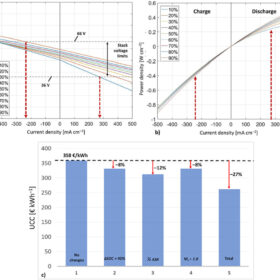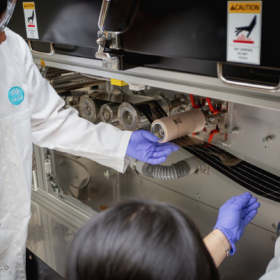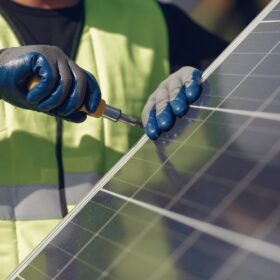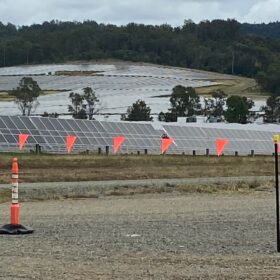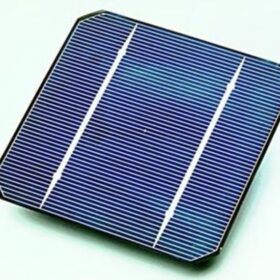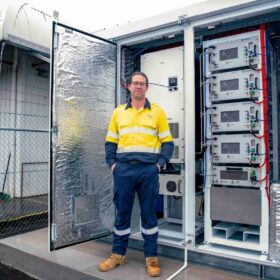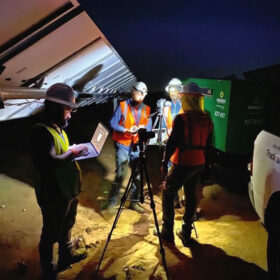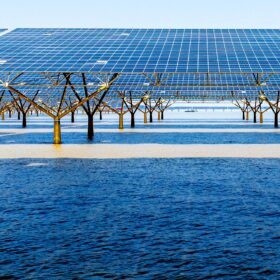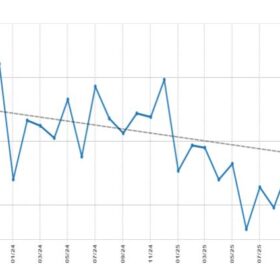Evaluating profitability of vanadium flow batteries
Researchers in Italy have estimated the profitability of future vanadium redox flow batteries based on real device and market parameters and found that market evolutions are heading to much more competitive systems, with capital costs down to $430/kWh at a storage duration of 10 hours.
CSIRO achieves record efficiency for roll-to-roll perovskite photovoltaic cells
The new efficiency record for fully roll-to-roll printed perovskite solar cells set by an international team of scientists from Australia’s national science agency, CSIRO unlocks new manufacturing potential. These lightweight and flexible solar cells manufactured on very long, continuous rolls of plastic can dramatically increase the rate of production and scope for deployment.
CSIRO takes solar cell research into space
Printed flexible solar cell technology developed by Australia’s national science agency has been successfully launched into space as part of billionaire Elon Musk’s Space X’s Transporter-10 mission.
Solar waste tipped to provide material supply security
Researchers from the University of New South Wales have rejected suggestions that end-of-life solar panels will create a “waste mountain” in Australia, saying instead that they could serve as valuable material reservoirs for future production.
Commissioning process spoils improvements in solar project timelines
Australia’s energy transition risks falling behind with a new report showing that the time required to plan, build and commission a large-scale solar farm is almost four years with the final stage of the process having blown out to six months or more.
New anti-reflective coating for silicon solar cells
Developed by an international research group, the novel anti-reflective coating is based on silicon dioxide and zirconium dioxide. It reportedly minimises a solar cell’s reflection loss, while enhancing its light absorption properties.
Pacific delivers first hydrogen stand-alone power system for NT
Renewables company Pacific Energy has deployed a first-of-a-kind containerised hydrogen electrolyser and fuel cell as part of a technology development project that is exploring the feasibility of using hydrogen as a clean energy source and storage solution for the Northern Territory’s grids.
Weekend read: Cracking cell defect detection
After years of improving quality standards, solar cell cracking appears to be on the rise again, perhaps due to new manufacturers entering the sector. Clean Energy Associates’ (CEA) senior engineering manager Claire Kearns-McCoy considers ways to stop the rot.
Consumers say bigger is better for rooftop solar but on a budget
Solar panel and system prices are on the decline but figures provided by energy industry analyst SunWiz show that an increasing number of Australian households are opting to forgo savings in search of increased generation capacity.
Solar sites linked to higher levels of insects
Scientists conducting a five-year research project in the United States have observed a tripling of insect numbers near two solar facilities built on rehabilitated agricultural land. They say the findings show how habitat-friendly solar could help protect insect populations and improve pollination in nearby agricultural fields.
